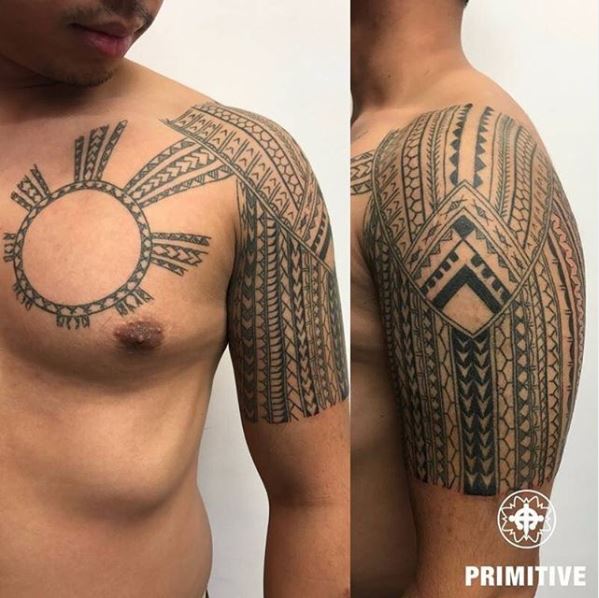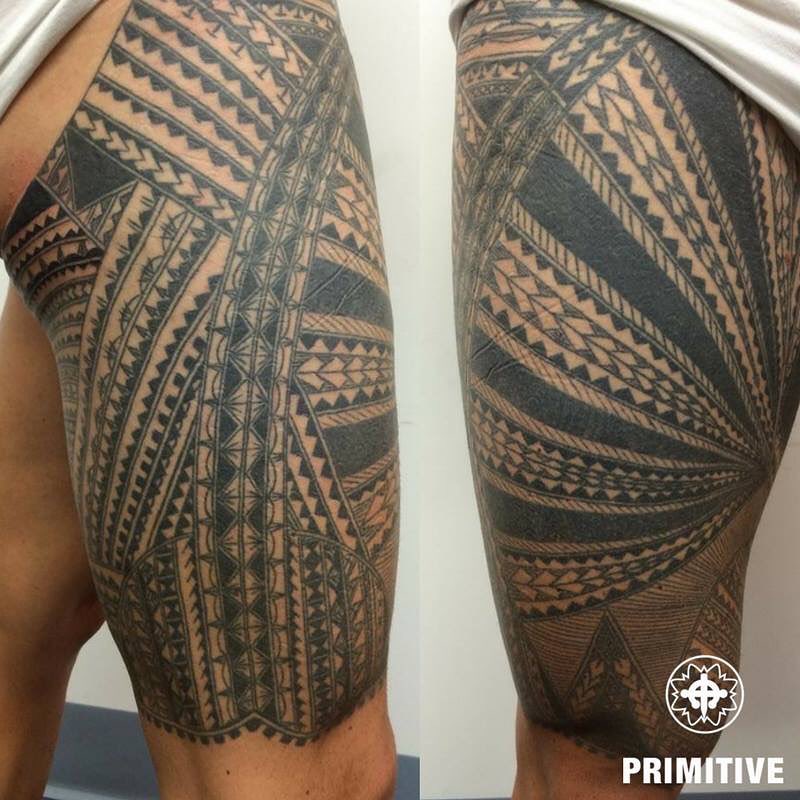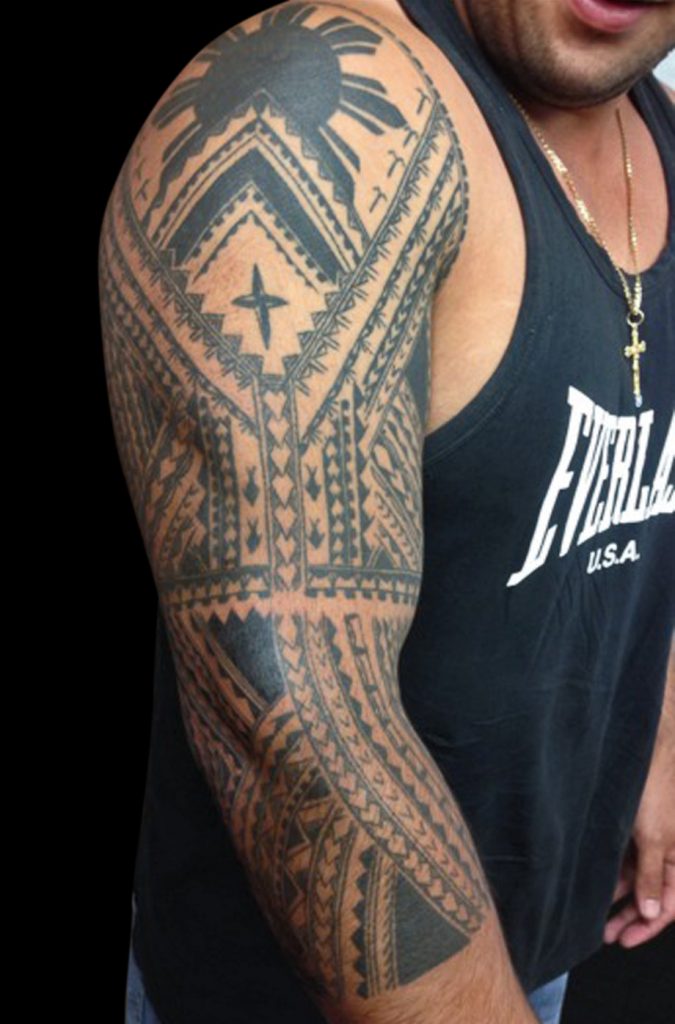Polynesian culture didn’t have any written literature. Polynesian tattoo was a form of communication and part of the local tribal culture. Tattoos were not just an art but distinctive signs expressing personality traits and identity. Tattoo indicate an individual’s status in the tribe and the hierarchy as well as genealogy, that’s why almost every person in society were tattooed. The number of tattoos they possessed the better the traditional culture got reflected through it.
The tradition of tattoo art goes back to over 2000 years. But it wasn’t until the 18th century, tattoo art was banned by the Old Testament. Though it saw a resurgence in the eighty’s as of an art, lost for around 200 years, began to be revive. Though sterilizing the bone tools were difficult, and so the process was banned in Fresh Polynesia in 1986.

Healing after a tattoo
In ancient Polynesia, it took months for an individual to recover from a tattoo. The skin had to be washed with saltwater to clean the infection. And the area had to be massaged to ensure that impurities are kept out. The individual aided by the near and dear, because they were in no position to perform even simple tasks like walking or sitting. Often irritation and inflamed skin were inevitable and were immensely painful. Not until six months after the ordeal that the designs and patterns would begin appearing on the skin but take up to a year for the healing process to complete.

Body Placement
Tattoo placement on the body played a vital role in Polynesian tattooing. Every element had a specific meaning to it depending on where on the body they were placed. The placement played a significant part in the meaning.
According to Polynesian legends, humans were descendants of Papa and Rangi. The goal for every human is to find a union once again, so the body is a direct link between both heaven and earth. The upper part of the body is connected to the spirit world, and the lower part is connected to the earth.
The placements of elements like genealogy tracks were on the back of the arms which suggests that the back relates to the past while the front is the future. Gender wise the right side of the body is for men while women get the left.
Today’s Polynesian Tattoo Designs

Today Polynesian tattoo is a booming industry and is practiced primarily in Tonga. Today’s resurgence can be credited to the hard work of visual artists, tattoo artists, researchers, and scholars.

